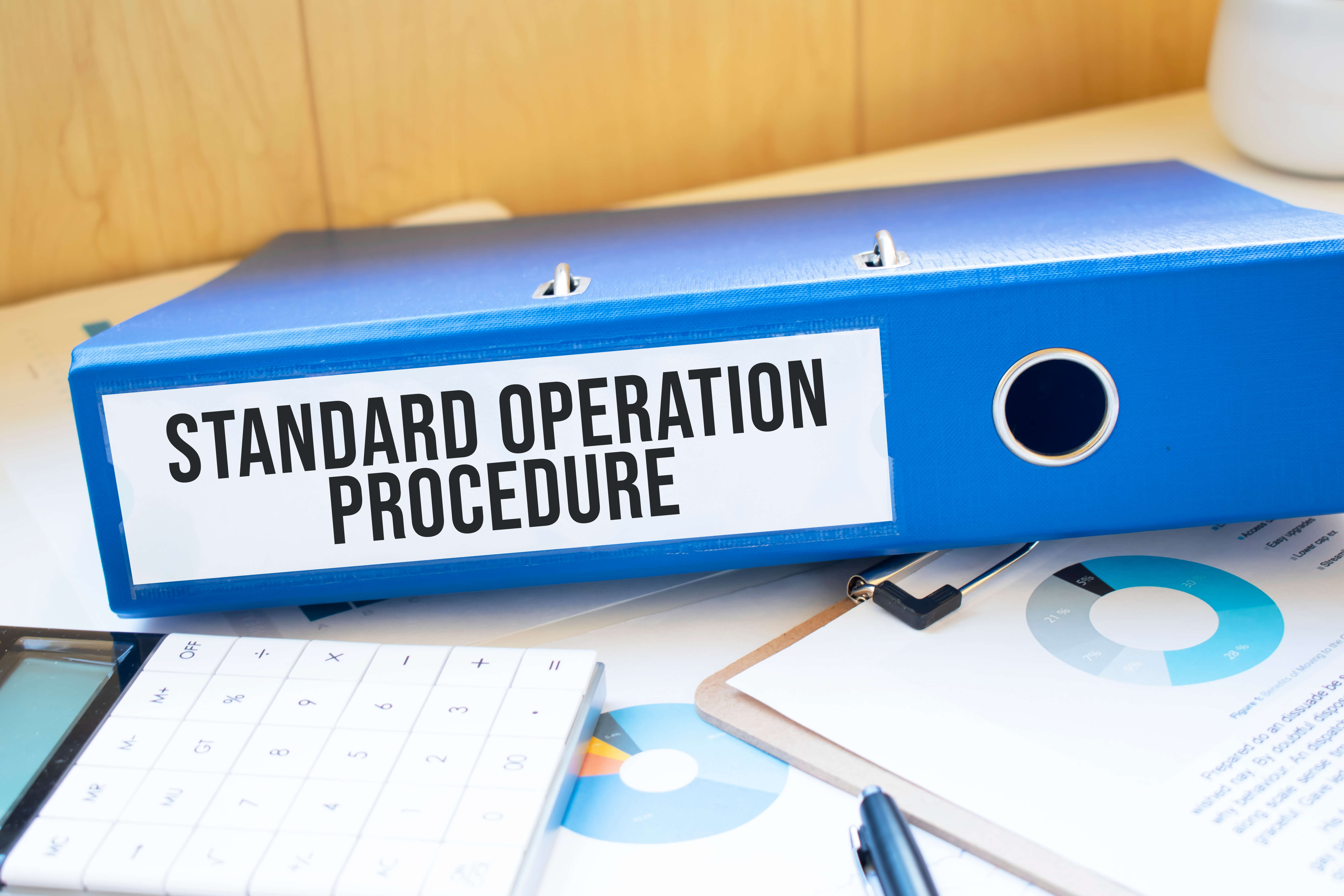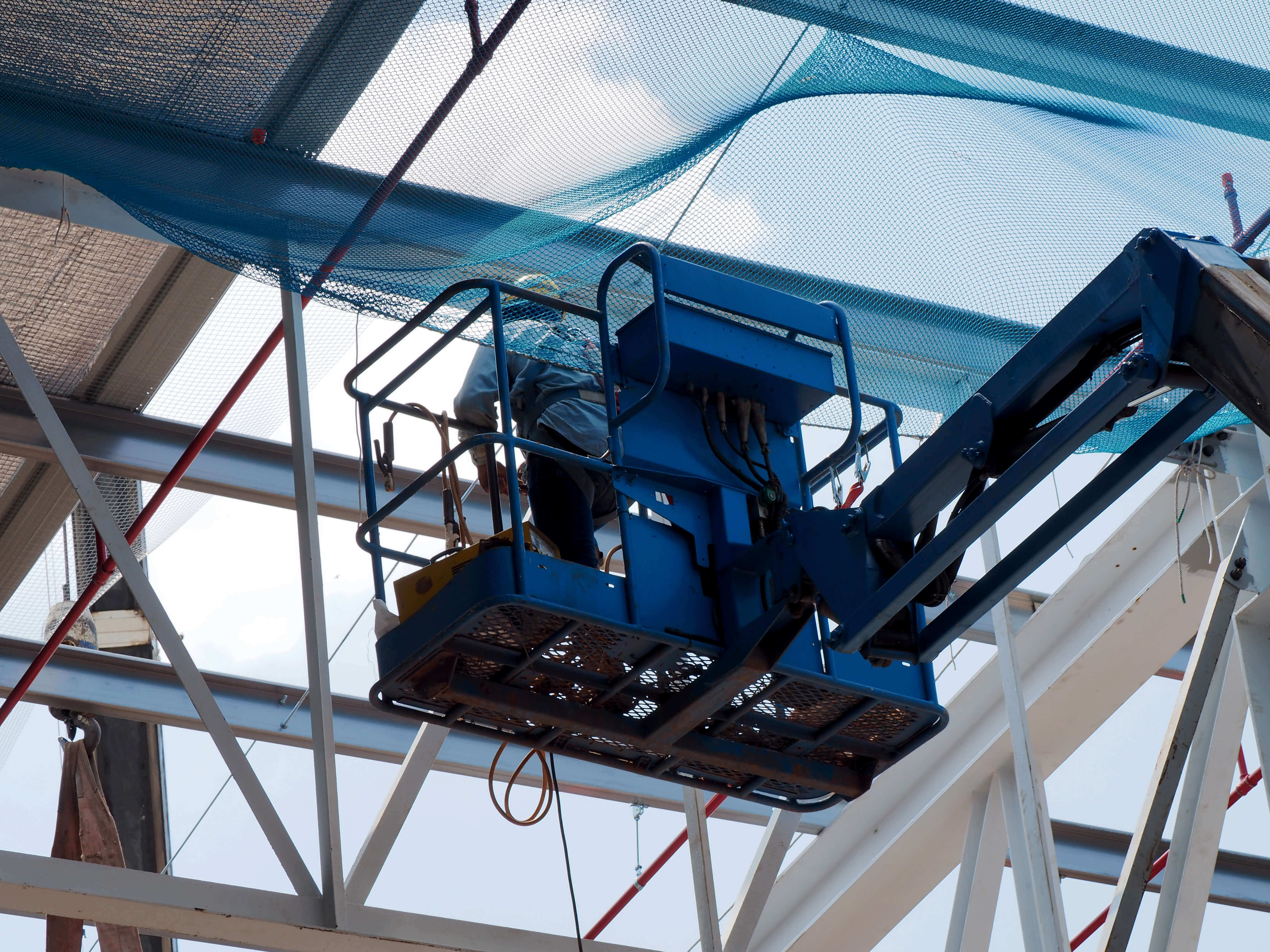Every employer has a duty of care towards their employees—but how far does that duty extend?
When they are in the workplace, this duty is fully in force. However, what if their work takes them off site? What if an accident occurs during work time outside of your premises?
In this article, we’ll take a look at your responsibilities and how to keep your employees safe off-site.
Your health & safety responsibilities
First of all, what are your main responsibilities as an employer? Your duty of care is to ensure, as far as possible, the health, safety, and welfare of your staff while at work. This means conducting a risk assessment to spot health & safety hazards.
You must appoint a competent person to be responsible for managing health & safety in your workplace. For smaller businesses, this is usually the business owner, or managing director. In larger businesses, you should assign the role to a member of staff trained in workplace safety.
If you are an organisation with five or more people you must:
- Keep an official record of what your risk assessment finds
- Put plans in place to deal with the risks
- Create and publish a formal health & safety policy

Health & safety in practice
Whatever the size of the business, you must:
- Make your workplace safe
- Prevent risks to staff health
- Ensure plant equipment and machinery is safe to use
- Set up safe working practices and make sure they’re followed
- Make sure any hazardous materials are handled, stored and used safely
- Provide adequate first aid facilities
- Tell staff about potential hazards from the work you do and provide information, instructions, training and supervision as needed
- Set up plans in cases of emergency
- Make sure all facilities meet health & safety requirements, including ventilation, temperature, lighting, toilet, washing and rest facilities
- Check that the work equipment provided is correct, properly used and regularly maintained
- Prevent or control exposure to substances that may damage employee health
- Take precautions against risks caused by flammable or explosive hazards, electrical equipment, noise, and radiation
- Avoid dangerous work involving manual handling
- If manual handling can’t be avoided, take precautions to reduce risk of injury, including manual handling training
- Provide health supervision as needed
- Provide appropriate PPE free of charge where risks can’t be removed or controlled by other means
- Make sure warning signs are correct and looked after
- Report certain accidents, injuries, diseases and dangerous occurrences to the HSE
How does this apply to those working offsite?
Your responsibility is to your staff. That means if they’re conducting work for you at a different site, then you are still liable for any accidents or incidents that occur. How you manage the risks depends on whether they are working alone or not…
Lone working
A lone worker is anyone who works by themselves without close or direct supervision. Examples of lone working include:
- Delivery drivers
- Health workers
- Engineers
- Security staff
- Cleaners
- Home workers
There are escalated risks for anyone working alone. Some of the most common risks include:
- Violence in the workplace
- Stress & mental health issues
- Medical suitability
- New or existing health issue
- The workplace itself
Certain high-risk tasks require supervision by law. Where an employee is working in a confined space, for example, a supervisor is needed along with someone in a rescue role. Supervision is also necessary if working near exposed live electricity conductors or with fumigation.

Support & prevention
So we know the risks, but how should you address them?
First of all, you should make it easy to report any incidents and issues. Encourage open communication so staff can address concerns before they become more significant. This is particularly relevant when dealing with workplace violence. The employee may feel intimidated or threatened and not want to report the incident.
Maintain regular communication with the employee. If a physical incident occurs, a drop in communication will highlight something is wrong. It also has the added bonus of addressing mental health issues. Isolation can affect performance, stress, and mental wellbeing. Regular check ins will combat this.
Having an emergency procedure in place will help lone workers deal with any emergencies that occur. It should detail how and when they should contact their employer. Include emergency contact numbers, and first aid advice.
Your risk assessment should highlight when supervision is needed, and how much you need to provide. The higher the risk, the more supervision you need to give. Part of your responsibilities is providing sufficient training. If the employee is going to be undertaking high-risk work, failure to train them would be a breach of your employer responsibilities.
Risks unrelated to lone working
What about those not working alone, but in someone’s home, a commercial building, or on an external site?
Firstly, the law states you must not put members of the public at risk. If working for a client, they should be aware of the duties owed by them under the generally under the Health and Safety at Work Act 1974 and specifically in Construction (Design and Management) Regulations 2015.
This piece of legislation states that you must manage and monitor the work carried out to ensure that it is carried out without risks to health & safety. Those working on the site must have the necessary skills, knowledge, training, and experience to carry out the tasks allocated to them. You must provide information to your workers on any risks highlighted by your risk assessment.
Finally, you must ensure you’ve taken reasonable steps to prevent unauthorised access to the site.
Support with health & safety offsite
Whether you’re employing lone workers, or your staff primarily work offsite, health & safety is crucial to keep your staff safe. It’s also your legal responsibility.
Managing employees when they’re not in the office is a different challenge to those working onsite.
So, if you need support or advice, we’re here to provide it, 24/7. Speak to one of our health & safety representatives today by calling 01455 858 132.
Related resources
Categories
- Business Advice
- Contracts & Documentation
- Culture & Performance
- Disciplinary & Grievances
- Dismissals & Conduct
- Employee Conduct
- Employment Law
- End of Contract
- Equality & Discrimination
- Health & Safety
- Hiring & Managing
- Leave & Absence
- Managing Health & Safety
- Moving
- Occupational Health
- Pay & Benefits
- Recruitment
- Risk & Welfare



